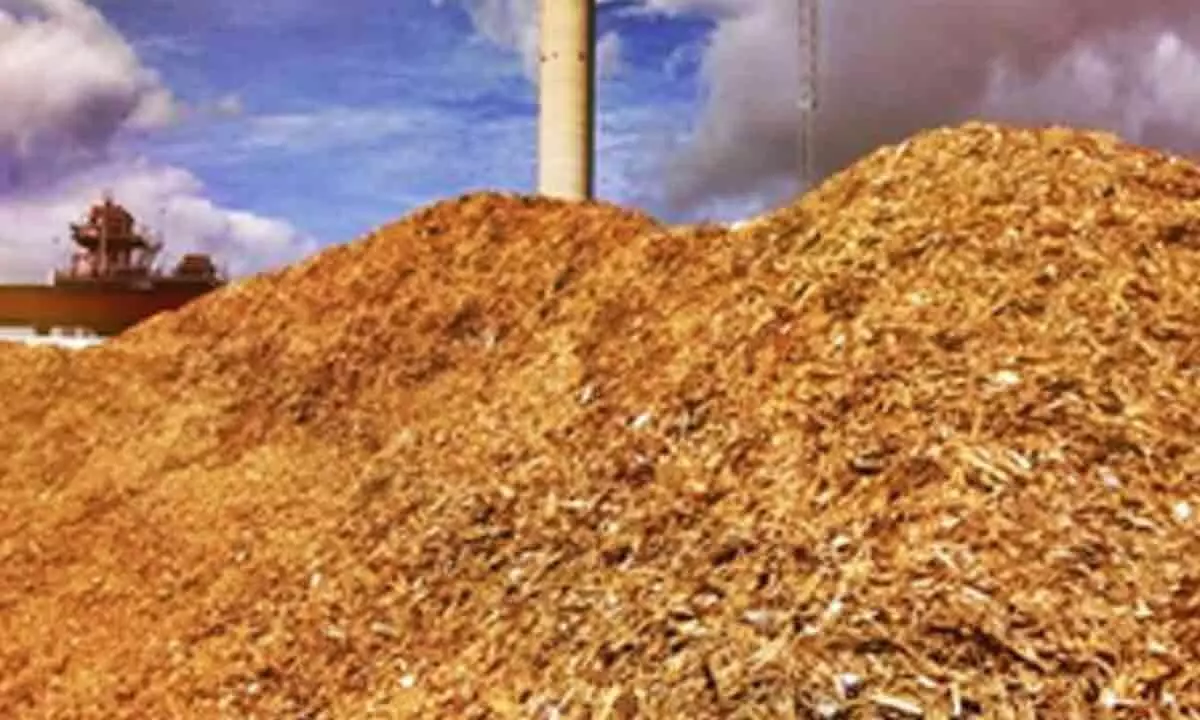Cooking with biomass fuel in Northeast may pose alarming health risks: IIT-Mandi study
Share :

Researchers at the Indian Institute of Technology (IIT) Mandi have conducted a comprehensive study on the detrimental effects of indoor air pollution resulting from traditional cooking practices in rural kitchens across three northeastern states.
Mandi (Himachal Pradesh) : Researchers at the Indian Institute of Technology (IIT) Mandi have conducted a comprehensive study on the detrimental effects of indoor air pollution resulting from traditional cooking practices in rural kitchens across three northeastern states.
The study, in collaboration with Institut National de Recherche et de Securite (INRS), France, and the National Physical Laboratory (CSIR-NPL), India, analysed the extent and consequences of harmful emissions produced during indoor cooking using firewood and mixed biomass.
"Our study combines real-world aerosol measurements in rural kitchens with dosimetry modeling to robustly estimate the impact of cooking emissions on the respiratory tract," said Dr. Sayantan Sarkar, Assistant Professor, School of Civil & Environmental Engineering, IIT-Mandi, in a statement.
"It is the first effort to estimate disease burdens caused by exposure to indoor cooking emissions in India in terms of potential years of life lost. The study also measures for the first time the potential for oxidative stress resulting from such exposure in the Indian context, and quantifies the additional risk that biomass users face compared to those who use the cleaner alternative LPG," he added.
In a series of three papers, published in two journals – Science of the Total Environment and Environmental Pollution, the study showed that over 50 per cent of the rural population in Northeastern India (especially states like Assam, Arunachal Pradesh, and Meghalaya) continues to use traditional solid fuels such as firewood and mixed biomass for cooking, leading to the release of significant pollutants into the kitchen air.
The research aimed to gauge the severity and disease burden associated with the use of biomass cooking fuel compared to LPG-based cooking.
The researchers measured size-resolved concentrations of aerosols -- particles suspended in the air, and toxic trace metals and carcinogenic organic substances bound with it, during cooking with firewood, mixed biomass, and Liquefied Petroleum Gas.
They modeled the deposition patterns of these particles and associated chemicals in various sections of the human respiratory system. The resulting inhalation exposure to these chemicals during cooking was then calculated.
Utilising this data, the researchers estimated the health impact (disease burden) on the rural northeast India's population, focusing on respiratory diseases such as Chronic Obstructive Pulmonary Disease (COPD), Pneumonia, and various cancers, using the 'Potential Years of Life Lost' (PYLL) metric.
This metric estimates the potential number of years lost in a population due to premature death from ill health. The study revealed that exposure to harmful aerosols in firewood/biomass-using kitchens was 2-19 times higher than in LPG-using kitchens, with respiratory deposition ranging from 29 to 79 per cent of the total aerosol concentration.
The fraction of population using firewood and mixed biomass faced 2-57 times higher disease burdens than LPG users. Furthermore, the research found that the potential for oxidative stress, which leads to damaged cells, proteins, and DNA, was likely to be 4-5 times higher among people using biomass in kitchens than those using LPG.
This stress is driven by the inhalation of metals and organic chemicals produced during indoor cooking using biomass fuel. This research holds practical implications, emphasising the urgent need for rural communities in the northeast to make a transition to cleaner cooking methods.
Recommendations include making LPG more accessible, improving cookstove programmes, spreading awareness in rural areas, funding local solutions, and organising health camps for rural women.














